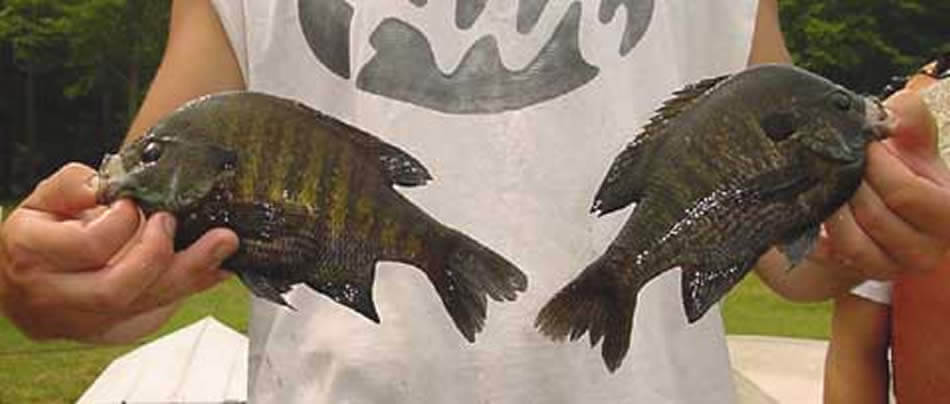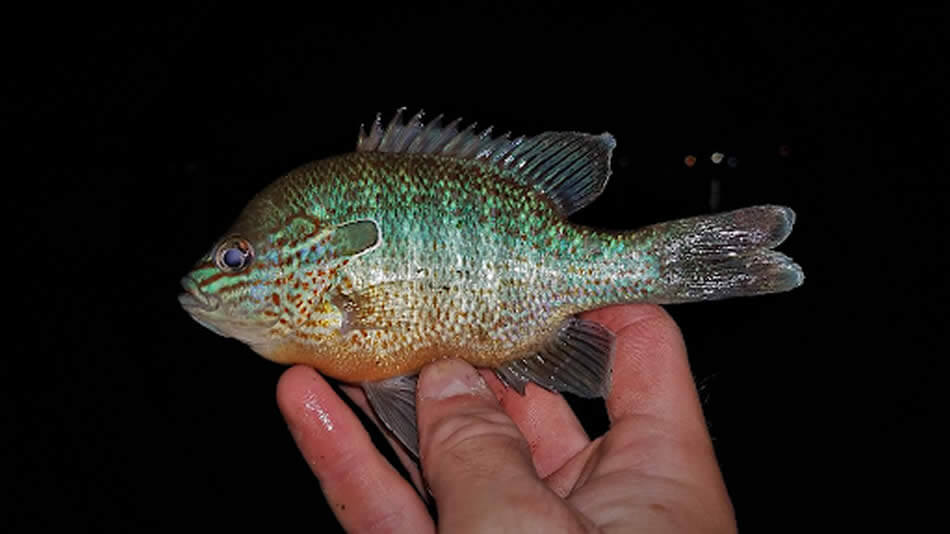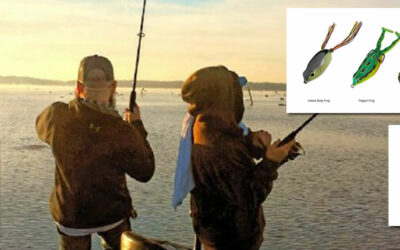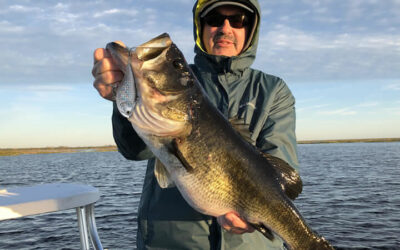We’ve all heard of panfishing and any angler has used to term “panfish” to describe something they’ve caught. These are usually the fish we catch when we’re out there trying to catch bass because we’re using lightweight lures and fast-action applications along the shoreline.
Every now and then, bluegill or crappie will take hold and we’ll end up with one of these at the end of the line.
But, do we understand what a panfish is and how to catch one? Panfishing in Florida is popular because not only are these fish plentiful, they’re delicious and simple to cook.
This guide to Florida panfishing will help you better understand these fish and how to catch them.
What are Panfish?
Panfish is not a scientific term at all, it’s more so “angler slang.” That doesn’t mean that it’s not a correct way to describe these fish, it just means that you won’t find the word panfish in any fishing encyclopedias.
The word panfish actually refers to the fact that you can fit the entire fish in one single pan and they’ll never grow larger than the size of a pan.
For example, if you caught a six-pound largemouth bass, you wouldn’t be able to fit that in a pan. One-pound crappie will fit in a pan.
Simple enough right?
What Fish Are Considered Panfish?
The term describes a fish that is always small enough to fit in a pan. So, which fish does that include? It will include species such as bluegill, crappie, and sunfish because they’re never going to grow larger than a pan.
Panfish are also fish that when filleted, are small enough to fit in some of the tiniest pans. Keep in mind that no matter how small a bass or walleye is, it’s still not going to ever be a panfish.
This is where things get confusing because we said “a fish small enough to fit in a pan.” Following that logic, a small bass would be a panfish.
Not true…
Generally speaking, bluegill, crappie, sunfish, perch, pumpkinseed, and even rock bass are the only fish that we would label as “panfish.”
Panfishing in Florida: The Basics
Now let’s get a little more specific. This is a Florida fishing guide after all. Let’s talk about some of the panfish you can expect to find when fishing the canals and ponds throughout Florida. There’s a large assortment of panfish here and this section of the guide will break it down for you.
Crappie Fishing
Florida black crappie has a few different names. Some people call them specks and speckled perch, while others still refer to them as “crappie.” Either way, Lake Okeechobee is the greatest place for crappie fishing in the state.
Contrary to what we think we know about panfish, these guys spend some time offshore feeding on smaller fish so they grow much larger in Florida than they do in other states up north. Fishing with small minnows and grass shrimp is one of the best ways to find crappie.
Many anglers also attribute a lot of their success to night fishing. Keeping a lantern or boat light can draw a lot of attention from insects forcing the fish to come closer to the surface for pitching action.
Fishing for Bluegill
Bluegill fishing is the most common panfish in Florida because they thrive in a lot of situations across many of the lakes and ponds throughout the state. They have a large population in rivers as well with most anglers targeting them at the base of dams. They eat larvae and insects but live worms are considered the best bait for most bluegill anglers.
They spawn throughout the late spring and summer and it’s not uncommon to find as many as 30 or 40 of them in the same location. They’re pretty easy to catch with lightweight tackle, finesse techniques, and fast action rods and reels.
Ultralight is the best way to go because feeling every little nibble is essential. These guys don’t strike hard like bass do so you’ll need to feel everything otherwise they’ll eat your bait without you even knowing it.
Sunfish Fishing in Florida
These guys are known as shellcrackers around here and they eat a variety of live bait ranging from worms to clams and snails. March and April is their prime spawning season and they spend most of their time around hard bottoms near rocky dams. They grow a little bit larger than most bluegill and it’s not uncommon to find sunfish larger than one pound.
Lightweight tackle and ultralight applications are best here as well. Be alert and pay attention to every little nibble you feel.
Top Panfishing Techniques
We’ve talked about the baits and lures we should use but let’s speak more specifically about the fishing techniques you should use for panfishing in Florida. We know that fishing near rocks and dams is the best strategy but how should we present our bait?
Slow Rolling – Slow-rolling jigs is one of my favorite methods. It involves casting a long distance beyond your target area and returning to that area with a slow and steady retrieval. It’s one of the simplest methods of casting but it allows you to pass right over your target.
Vertical Jigging – If you’re fishing around the structure you’ll want to try vertical jigging. This involves pitching or dropping the bait near the boat and jigging it with the tip of the rod. Being able to identify shoreline structure is key so having a fish finder like the Lowrance HDS will help you locate fish that are holding to structure.
Dabbling – This technique works best when fishing the area of a river that dumps into a larger body of water. You’ll cast out right where the river feeds in and use the water movement to keep the lure in place. This action creates a natural movement of the lure and works great with live bait.
Where to Find Panfish in FL?
The best part about pan fishing in Florida is that you can find them almost anywhere. If you’re targeting them for cooking or to introduce your kids to fishing, this is a great place to start. Most panfish start spawning season in the spring with their best fishing around April. All the canals surrounding the Everglades, Lake Okeechobee, Orlando, and Kissimmee are great places to find most panfish.
To Charter or Not to Charter?
If you’re traveling to the area, we always recommend taking advantage of a panfish fishing guide. Going out on the water with a guide is the best way to introduce yourself and your family to the sport of fishing and if you’re bringing kids along with you, it’s even better.
Many guides guarantee that you’ll catch something and they turn a fishing trip into a complete experience. They’ll show you exactly where you need to go, what gear to use, and how to fish the right techniques to catch as many fish as possible during your trip.
Final Thoughts
At this point, you should understand what panfishing is and know all about the most popular panfish in Florida. These fish are a great introduction to fishing for children, they’re tasty, and fun to chase.
If you need a unique and exciting day of fishing, panfishing offers a lot more of a thrill than you think. Good luck out there!









0 Comments